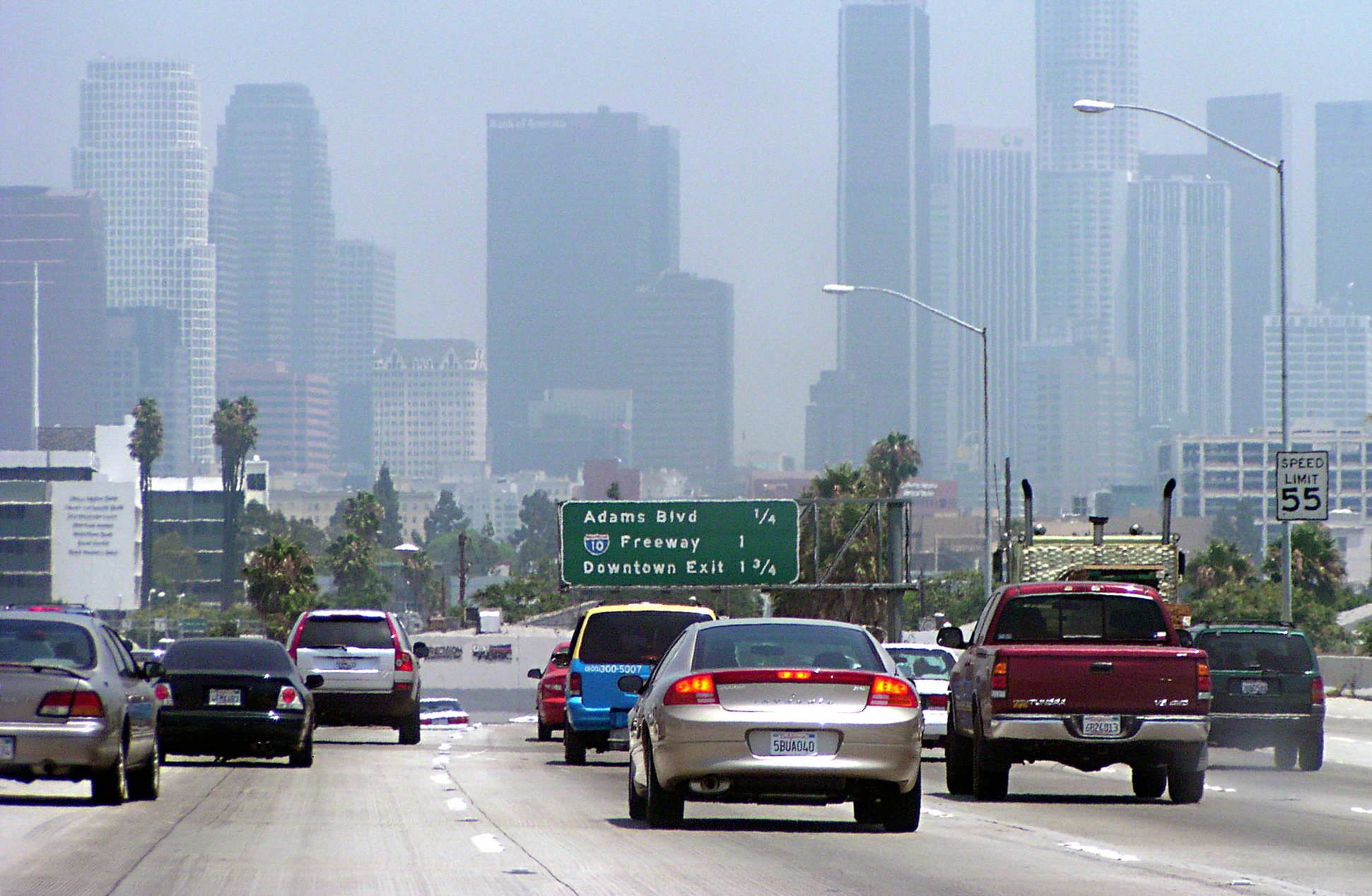Meeting the demand for housing is one of the biggest challenges facing America's most walkable, transit-oriented cities.
In-demand metros like New York and San Francisco are starting to put forward some innovative solutions to their housing challenges. New York is considering amending its building codes to allow "micro-apartments" of around 275 to 300 square feet. Meanwhile, the San Francisco Bay Area might lower the legal limit to just 150 square feet.
But it's not just big cities rethinking what type of housing they will allow. Today, Network blog Decatur Metro -- based in an inner-ring Atlanta suburb -- explains how that city's leaders are encouraging "accessory dwellings," like carriage houses that make room for apartments in single family neighborhoods. That is something that Vancouver has been working on for years.
Another city that's rolling out the welcome mat for folks who might not be able to swing it otherwise is Seattle. Erica C. Barnett at Network blog PubliCola explains how this city is moving forward on micro-housing developments. Except the neighbors aren't happy about it.
The project that has incensed neighborhood activists—primarily the Eastlake Community Council and its president, Chris Leman—is a five-unit building being developed by multifamily developer Kelten Johnson.
It’s a relatively new style of apartment building that’s becoming popular among low-income workers, college students, and people who just want to save on rent. Each “unit” takes up an entire floor of the five-story building, and consists of seven or eight separate living areas (each with a bedroom, ranging from 100 to 200 square feet) that connect to a central kitchen and living area.
Known colloquially as “aPODments” (after the trademarked name of a similar development next to the University of Washington), the units are technically known as boarding houses, and they’re perfectly legal in dense urban areas near frequent transit service.
According to PubliCola, the city of Seattle has issued six permits for this type of housing development and there are as many as 12 "in the pipeline." Since they tend to be situated around transit, that should make Seattle a more sustainable, affordable and equitable place, no matter what the NIMBYs say.
Elsewhere on the Network today: Bike Portland wonders if cargo bikes can be a tool for social justice. Marta Rocks! offers 15 reasons to support Atlanta's one-cent transportation referendum on July 31. And the Architect's Newspaper reports that Detroit has received $45 million in federal funding to enhance its popular Riverwalk.






